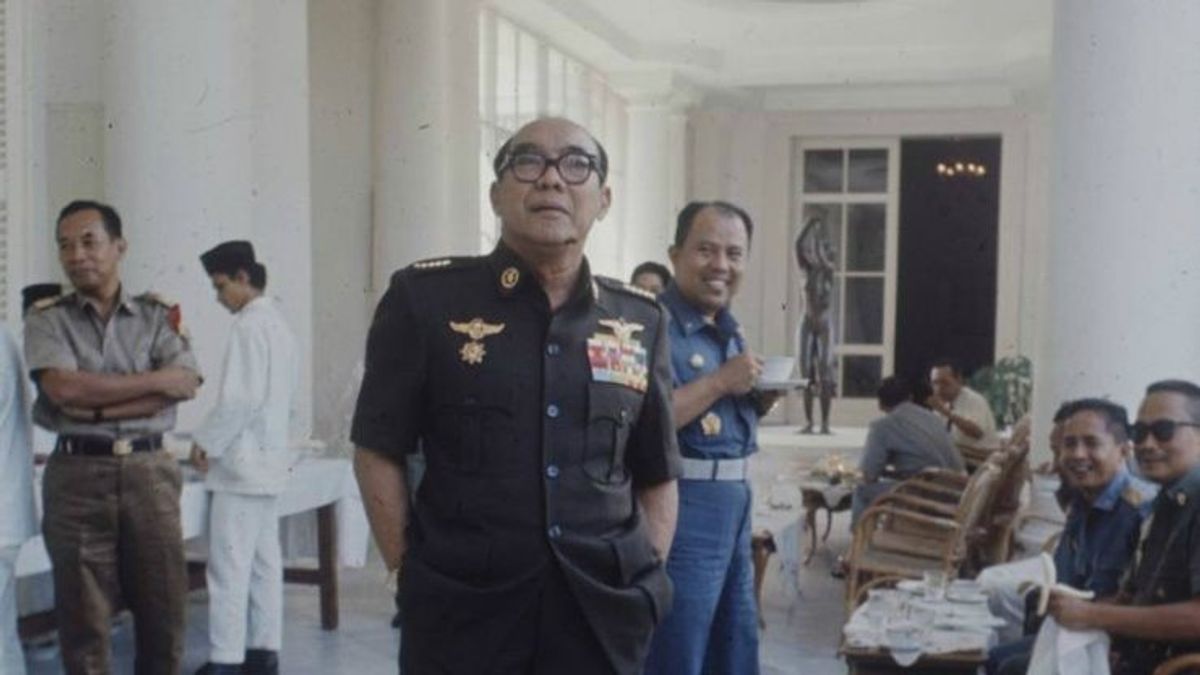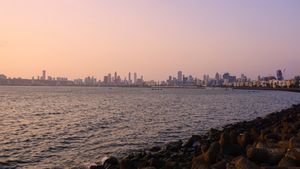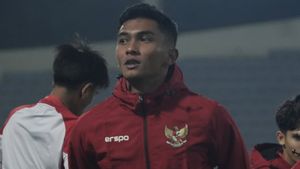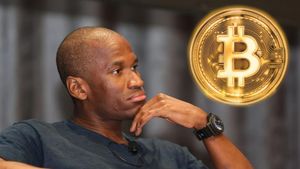JAKARTA - Regarding packaging charisma, Bung Karno is the best. He doesn't want to look ordinary. Especially since he was asked to be the number one person in Indonesia. He wanted to be different. Military uniforms are also his teaching to harvest existence.
He equipped it with all kinds of military accessories. That appearance made the dignity of the Son of the Dawn lifted. So is his charisma. Nobody wants a president in a wrinkled shirt, he thought. His appearance is also known to be so iconic.
The Dutch East Indies colonial government often used clothing as a political tool. In simple language, clothes often reflect power. The clothes used by Dutch officials, for example. The dress was characteristic of the rise of the middle class in Europe. Among other things, the uniform, which is dominated by white, is wrapped in pants and a coat without a collar.
The combination of this look is reinforced by the use of shoes and hats typical of the colonial government. The smell of superiority also came to the Dutch East Indies officials. In their hands, clothes become the estuary of the presence of charisma and authority. Therefore, Dutch officials are happy to play with the style of dress.

The style of dress was in fact the material for the 'monopoly' of the colonialists. The owner of the power actually distinguishes the style of dress between them and the bumiputras. Alias the bumiputra, especially the commoners, were forbidden to dress or dress like Europeans. The ban is proof of the perpetuation of racism in the Dutch colonial period.
The racism narrative was further exacerbated by the Dutch policy which ruled that the bumiputras were third-class citizens, under the Chinese and Arabs who were actually second-class citizens. Even so, not a few Bumiputras want to be stylish and dress up like the Dutch. some of them are also reluctant to be equated with other bumiputras.
“Javanese men are eager to show themselves among the Dutch by adopting various Dutch behaviors. Armed with diplomas, they did not want to crawl in front of the Dutch. They also stated that they were not willing to crawl in front of the Javanese men. Dressed in suits and wearing shoes, they do not approach other Javanese by kneeling or sitting on the floor.”
“On the contrary, dressed as the Dutch rulers, they walked up to the Javanese pretending to be rulers. They looked each other in the eye. They shake hands. If they speak Dutch, they also avoid the procedures for status differences required in Javanese etiquette,” said historian Jean Gelman Taylor in the book Outward Appearances (2005).
Soekarno's Military UniformMomentum of Indonesian Independence is a new era. Indonesia's number one person, Soekarno did not want to waste the situation. He tried to erase the image of the colonial government from the memory of the Indonesian people. especially her dress style.
Bung Karno believed that clothes dominated by white could trigger memories under Dutch colonial rule. These include oppression, exploitation, and being extorted like a cash cow. Bung Karno also refused to wear a uniform similar to the Dutch.
He chose a military uniform complete with attributes to show a new era had arrived. Bung Karno often appeared in this uniform at every state agenda. Moreover, Sukarno often complemented his style of dress with a cap, glasses, and a commando stick. Even though there were those who disagreed because Bung Karno was a civilian who often took military style.
Soekarno took that comment alone. He actually believes that his style of dress can bring pride to all Indonesian people. Moreover, the uniform is considered neutral. Not advancing the tribe. Nor is it synonymous with colonial rulers. He also feels that the Indonesian people have always supported him with a military appearance.

Indonesian leaders must look dashing, thought Big Brother. Not wearing wrinkled clothes and damp hats. Because, such an appearance can bring disappointment to the people of Indonesia. Military uniforms also became a symbol of Sukarno's power. As well as a sign of his greatness at home and abroad.
“Indonesia's leader must be a figure who governs. He has to look authoritative. For a nation that has been conquered, these things are necessary. Our people are so used to seeing white foreigners wear great uniforms, which they see as symbols of power. And they are so used to seeing themselves wearing a sarong, as if it is a sign of low self-esteem.”
“When I was appointed Commander-in-Chief, I realized that the people wanted a hero. I fulfill their wish. At first I even wore a golden sword on my waist. And the people were amazed. Before anyone else mentions it, I'll tell you first. Yes, I know that I look better in uniform. However, apart from liking neat and tidy clothes, if I dress in military clothes, mentally I will dress in a veil of belief," Soekarno said, as written by Cindy Adams in his autobiography entitled Bung Karno: Connector of the Indonesian People's Tongue (1965).
The English, Chinese, Japanese, Arabic, and French versions are automatically generated by the AI. So there may still be inaccuracies in translating, please always see Indonesian as our main language. (system supported by DigitalSiber.id)









